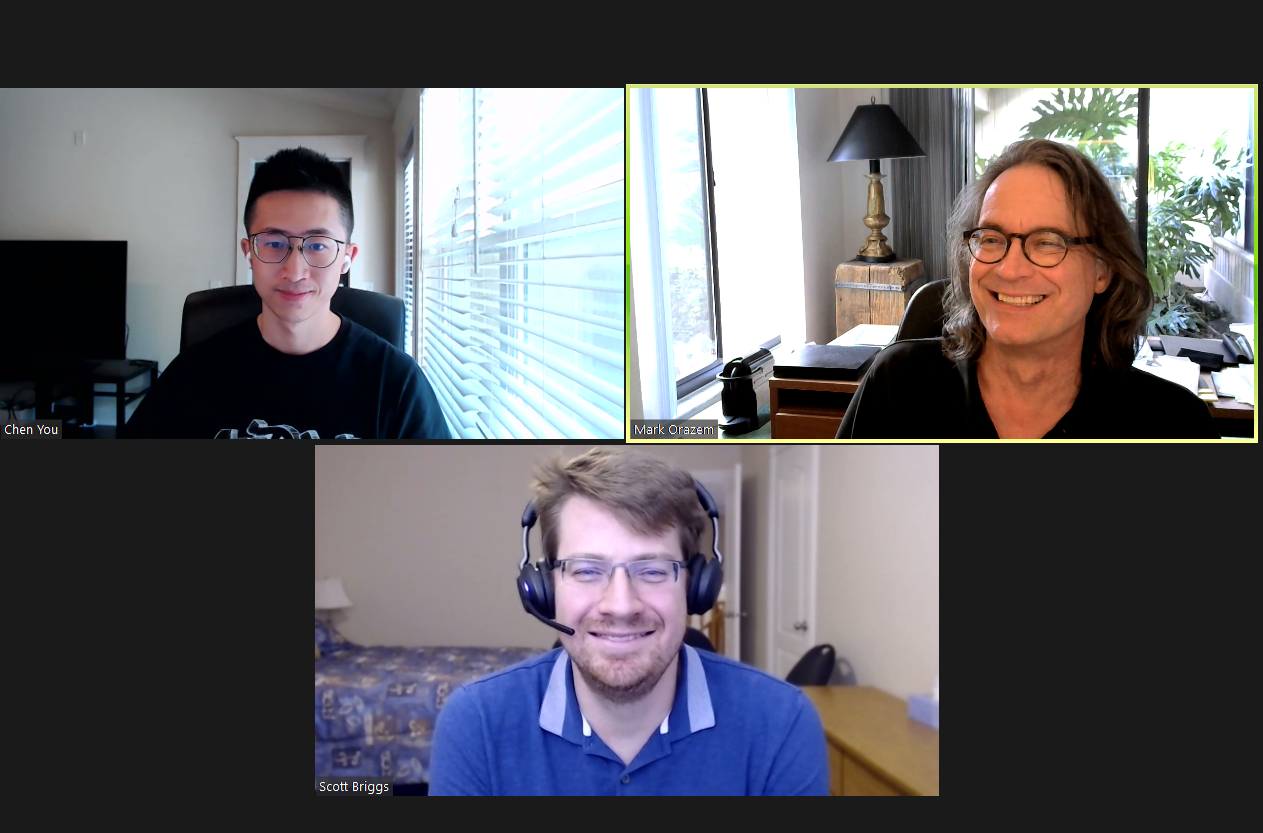The Nuclear Waste Management Organization has partnered with a research team at the University of Florida led by an international expert in corrosion modelling.
The NWMO has funded a three-year research contract led by Distinguished Professor Mark Orazem, who is overseeing the work of doctoral candidate Chen You in the University of Florida’s Department of Chemical Engineering. Dr. Orazem is a renowned expert in corrosion modelling who has previously worked on the SKB deep geological repository project in Sweden, among myriad other industrial and public projects.
“It is a pleasure to work with the NWMO on a project as important as Canada’s plan. Deep geological repositories are the international standard for the safe, long-term storage of used nuclear fuel, and the NWMO is helping to lead the way,” said Dr. Orazem. “Our work will help the NWMO assess the potential for corrosion of their copper-coated used nuclear fuel container.”
The team at the University of Florida is developing a model to understand how the copper-coated container will withstand humidity inside the repository environment. While no water is expected to reach the container for thousands and thousands of years, the modelling will help the NWMO better understand the very long lifecycle of the repository.
“The NWMO’s research has already demonstrated the multiple barrier system is a safe, long-term solution for used nuclear fuel. The work being done at the University of Florida by Dr. Orazem’s team will further underscore our safety assessment work and add more confidence in the copper-coated container’s ability to withstand any contact with moisture, even centuries or millennia in the future,” said Dr. Scott Briggs, an Associate Engineer with the NWMO. “This modelling will enhance our ability to describe the long-term integrity of the container.”
The NWMO has provided $300,000 over three years to support the corrosion research.
The container is one of five elements that comprise the multiple-barrier system designed to safely contain and isolate used nuclear fuel and protect people and the environment for generations to come.
The NWMO is tasked with implementing Canada’s plan for the safe, long-term storage of used nuclear fuel inside a deep geological repository in a manner that protects people and the environment for generations to come.

